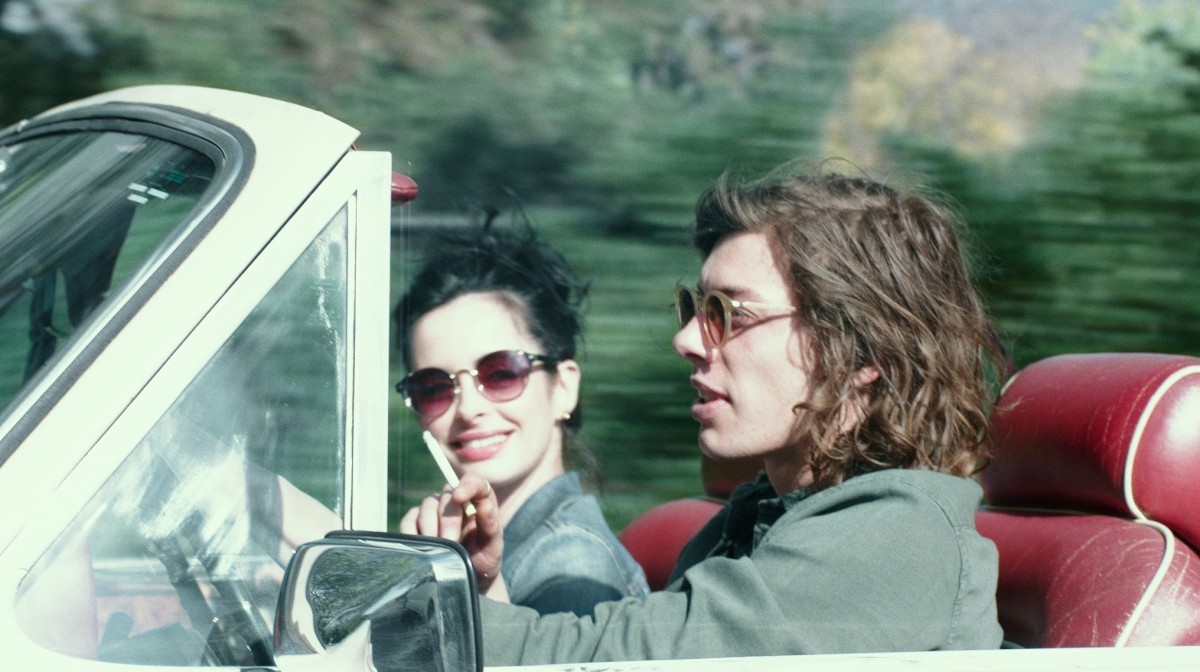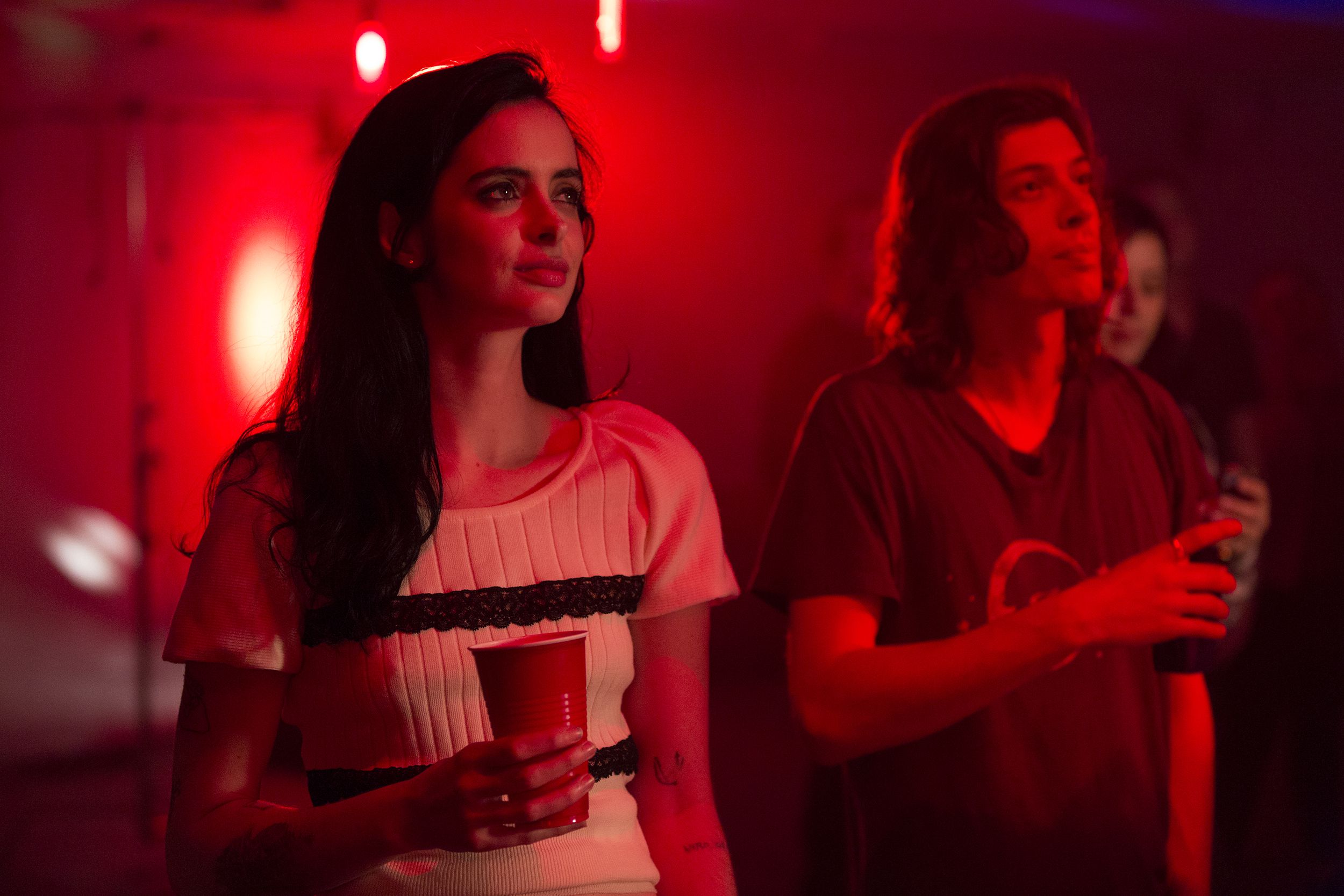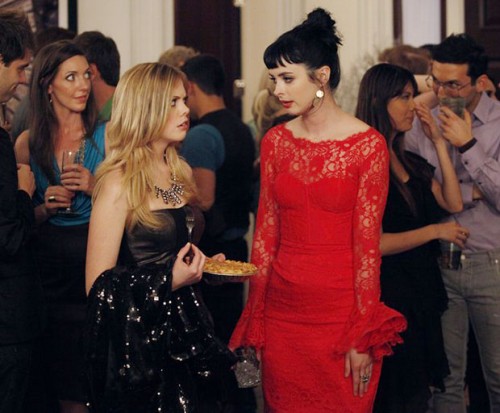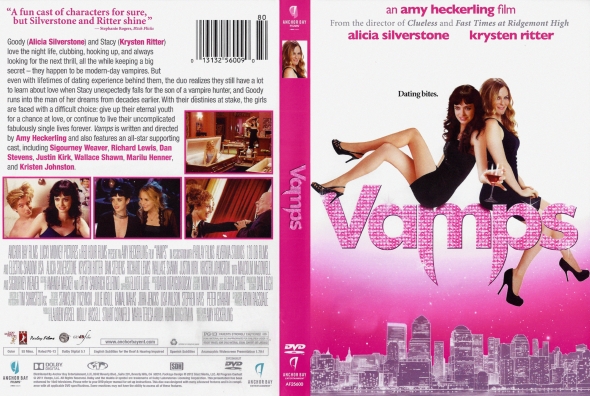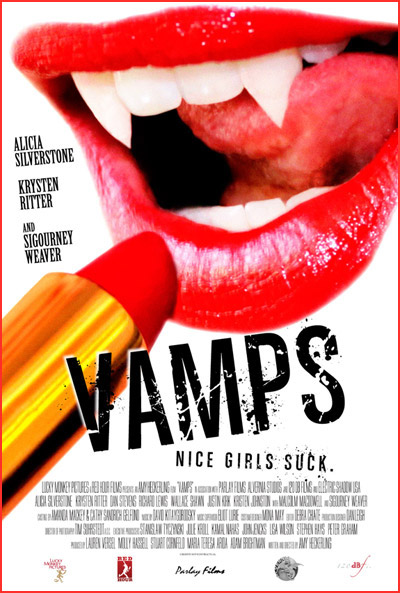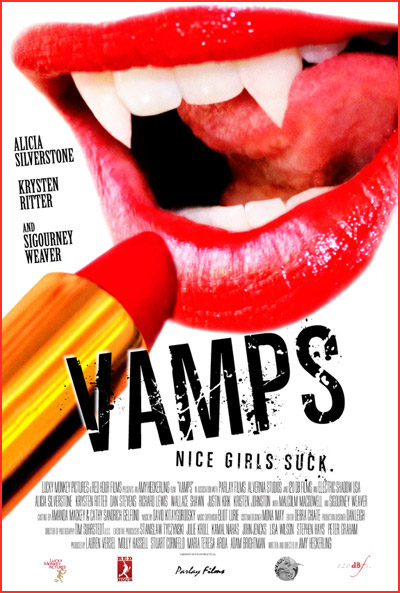This guest post written by Marlana Eck previously appeared at Awaiting Moderation and is cross-posted with permission.
[Trigger warning: Discussion of suicide]
The amount of negative reviews of Jake Hoffman’s film Asthma shows us how much we are over toxic “lost soul” white male protagonists bent on self-destruction.
Here’s our archetype: recklessly bored and trigger-shy-suicidal Gus, played by Benedict Samuel, who looks strikingly like Mick Jagger (or any desirable indie rock crooner), is a “disaffected youth” (as other reviewers are quick to spot). The pastiching of Jim Morrison and Charles Bukowski-esque male figures has more to show us than youthful folly.
Gus is first introduced to us re-painting a white wall with a co-worker. He wonders why they have to paint it white. “It’s already white,” he says. His co-worker responds with “because they’re paying us to paint it again.” This isn’t enough clarification for Gus, so after he fails to turn the work dynamic into goofing off, he gives up resisting and the next thing we see is him wandering the streets, dopey, smoking a cigarette, eventually making his way back to his apartment. When he gets there, the white paint resurfaces and he gives a brief monologue about being “born in the wrong time” before he defaces his prominent Jim Morrison poster along with everything else in the apartment. A shot cuts to his room completely whited out, and next thing we know he’s standing on a chair in his underwear and hipster boots pouring white paint all over his head with a noose around his neck.
Artistically, Hoffman’s commentary, in this scene in particular, speaks to a post-progress aesthetic reaching the ultimate conclusion of nothingness.
Since this is only in the film’s first 10 minutes, it’s not surprising that Gus is not suicided. Instead he hacks loud and hard (hence Asthma) for an agonizingly long amount of screen time and then returns to his wandering, sporting his, now, super rad post-suicide shoes splattered with white paint.
The film’s mantra, which is stated in the very beginning, seems to be this:
“I miss the old New York in like the ’70s and ’80s: CBGBs, The Ramones, Mean Streets, SAMO doing graffiti and Andy [Warhol] going to parties, the birth of hip hop. Just look at Times Square. It used to be cool…all cracked up. And now it’s like fuckin’ Disneyland. The fuck happened here. Shit.”
The New York Gus misses was at the dawn of neoliberalism. He somehow misses the confusion at the precipice of our current social relations. He’s not dissimilar from figures his character would have grown up with like Kurt Cobain who rallied against the “machine” as much as they were a part of its conservation.
At the start, Hoffman places us in late capitalism’s concourse: our postmodern New York City. If it weren’t for this short monologue, I may have hated the rest of the film. Instead I became more engaged with Hoffman’s thesis, which was partially the disorientation Frederic Jameson describes in “Future City”:
It is the old world that deserves the bile and the satire, this new one is merely its own self-effacement, and its slippage into what Dick called kipple or gubble, what LeGuin once described as the buildings ‘melting. They were getting soggy and shaky, like jello left out in the sun. The corners had already run down the sides, leaving great creamy smears.’ Someone once said that it is easier to imagine the end of the world than to imagine the end of capitalism.
Gus sees life as a mixture of “hey rad bro” highs and self-aggrandized lows. He says he has nothing to lose, steals a car and starts to cruise the city, first stopping off at his drug dealer’s place seeking a heroin fix.
Gus develops a love interest, Ruby.
Some of the funniest scenes in the film are when Gus comes at Ruby (Krysten Ritter) with dialogue that screams a common sentiment of, “Fuck me, I’m a NICE GUY, YOU BITCH!” Because all women are supposed to get aroused by a man who shoots up to experience an infantile state as a nod to all his favorite art gods (who he doesn’t realize were also deeply disturbed by patriarchy). Ruby is hopelessly seen through a male lens with scarcely much depth.
As they drive to Connecticut in the stolen Rolls Royce, they come across a dead deer. Entertained, they pull off to the side with an, “Aw.” Ruby gets out her hip vintage camera and says “Is this disrespectful?” Without skipping a beat she takes the picture anyway as Gus puts deer blood on his fingers and puts it on as eye black (allegedly an homage to Jim Jarmusch’s Dead Man).
There’s a scene where she first catches Gus shooting up (we know it’s the first time because she says “Are you shooting up heroin?!” ). She is initially repulsed, quickly turns maternal, then, in a mystical foggy upshot, she is a seductress. She’s so devilishly seductive, when she asks if Gus if he has a condom, he says “like I knew this would happen.” (Because, Gus, you didn’t just spend half the film telling Ruby she was beautiful, that you wanted her, you’d win her, and take her to Connecticut, but you couldn’t have planned for a condom. Had nothing to do with you being lazy or anything.) So in the steamy heat of the moment Ruby does what she’s “supposed to,” which translates to her being all like “OKAY!” and doing whatever Gus wants.
She is a tattoo artist with many tattoos of her own, but when Gus asks what her tattoo means she says, “I don’t like talking about the meaning or whatever,” then saying it’s, “like a guard dog or whatever.” This matches some of the films aesthetic and philosophical indifference.
When they end up at their destination they come upon a commune-style mansion belonging to a semi-famous musician-friend of Ruby. The behaviors of the people at the commune (psychedelics, pot, yoga, qigong) speak to the overall depthlessness; there is a lack of authenticity and a superficial searching behavior.
Ruby does eventually abscond, but stays true to her one-dimensional portrayal. Her depthlessness borders on the kitsch as she tells Gus he has no aspirations, holding the same amount of vagueness as the film’s premise. We also learn Gus is a trust fund kid, adding even more “well what the hell” to the narrative.
At the film’s ending, Ruby tells Gus she has to stop getting hung up on these immature losers and get herself a real job (Gotta LEAN IN!).
Whether Hoffman intended it or not, there’s a sharp critique of rich white male tears in this film. Gus is ultimately sad nobody finds his aimless whining cute. Yet his grumbling seems to even annoy him at the end. In the final scene when Gus walks down the dark alley, I feel like he is sick of his own shit.
Throughout, Hoffman employs his irreproachable taste in music with the panache of Sofia Coppola. Also characteristic of some heirs of Hollywood film, despite his good taste, there seems to be a “why” lacking in this film. Perhaps for Hoffman that serves to underscore an ill of our time, or, maybe (more likely), the film is simply a product of it.
Asthma had the potential to explode some of the Bukowskian phantasmagoria perpetuated by narcissistic youth who are increasingly plagued with the possibilities of recognition or celebrity. Instead, it leaves us unfulfilled and struggling to understand the existing power structures which produce the depthlessness many claim to loathe. Much like the lives of the trumped up, romanticized nihilists Gus idolizes, he is an anomie positioned to inherit the same ends.
Marlana Eck is a scholar, writer, and educator from Easton, Pennsylvania. Her writing has appeared in The Chronicle of Higher Education, Raging Chicken Press, Hybrid Pedagogy, San Diego Free Press, Cultured Vultures, Lehigh Valley Vanguard, and Rag Queen Periodical. At the latter two publications she serves as director. In her free time she enjoys horticulture and overestimating the efficacy of her dance moves in the living room mirror. Follow her on Twitter at @marlanaesquire.
